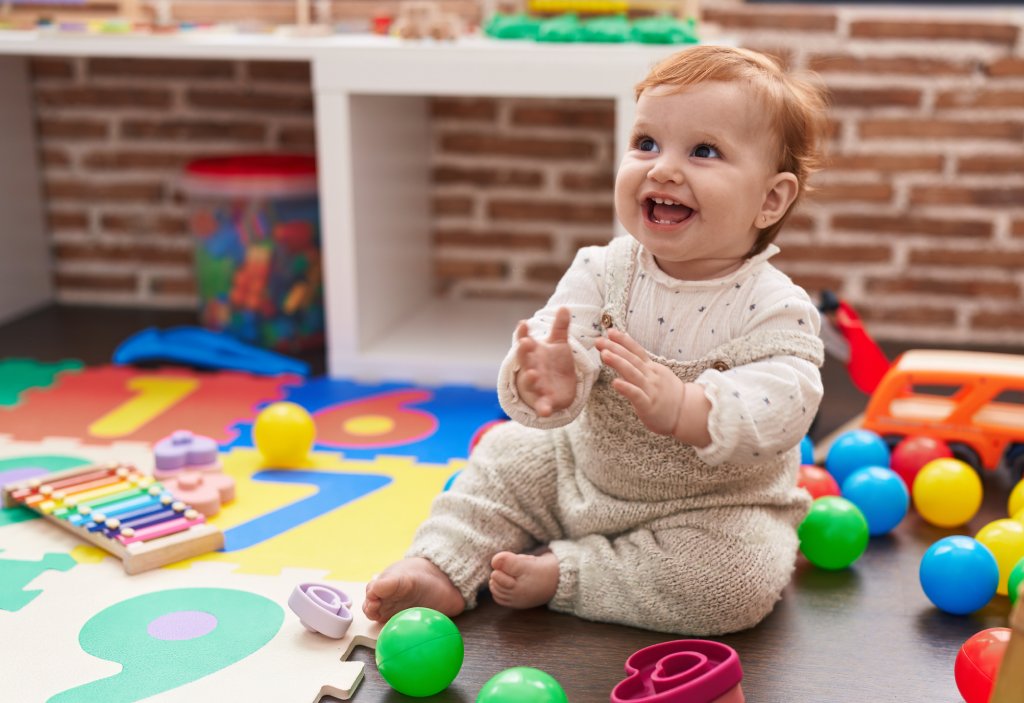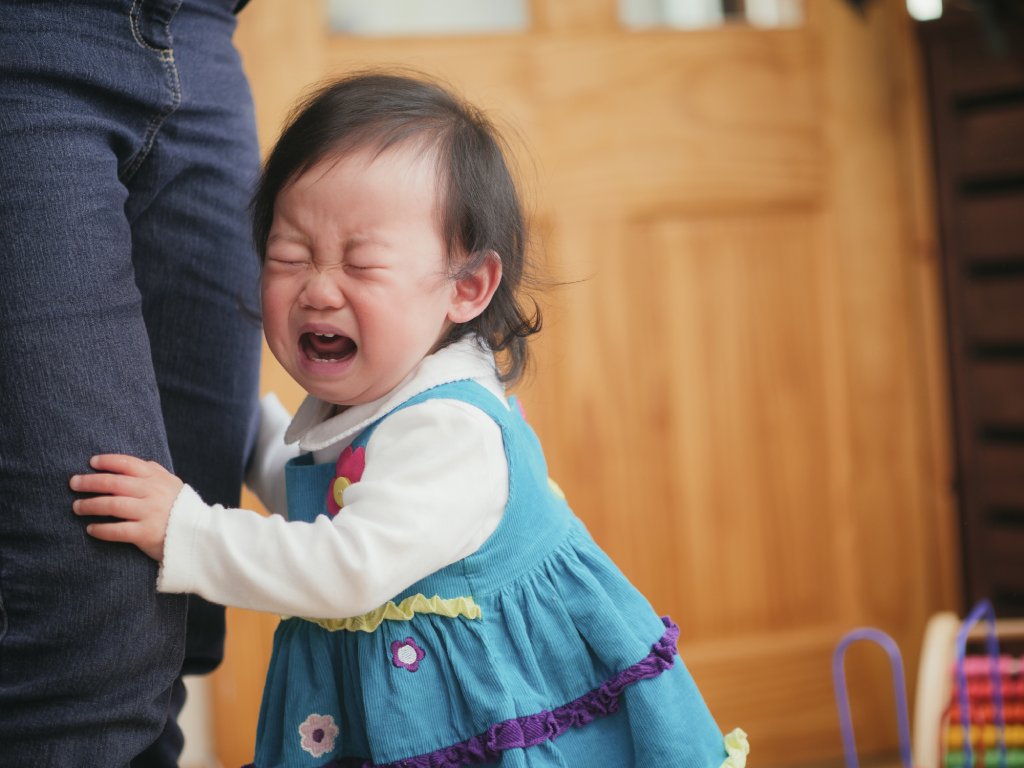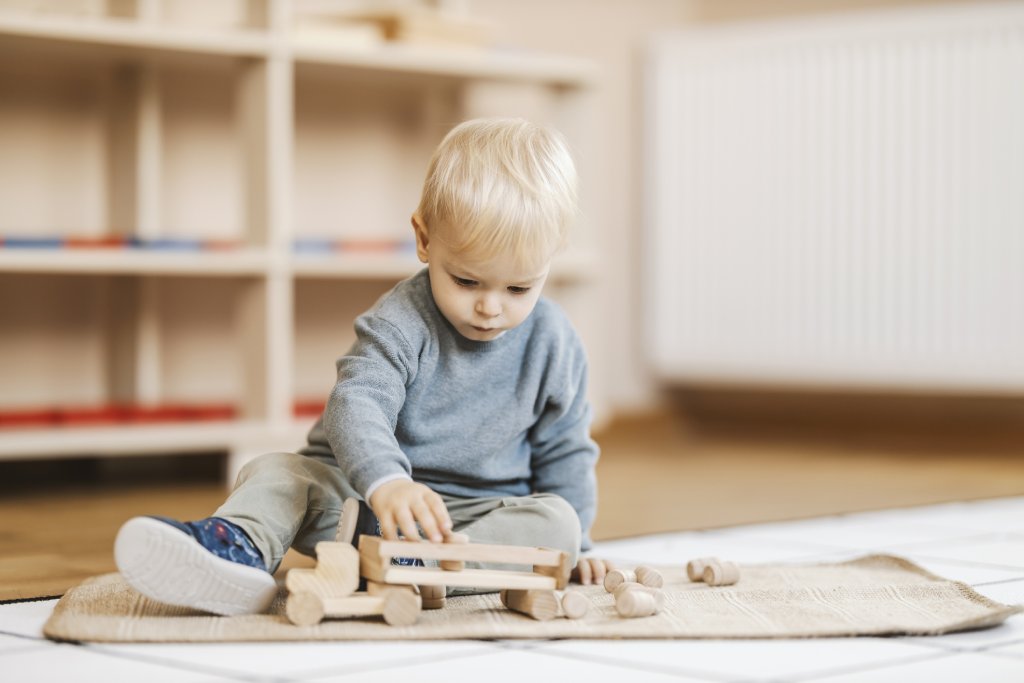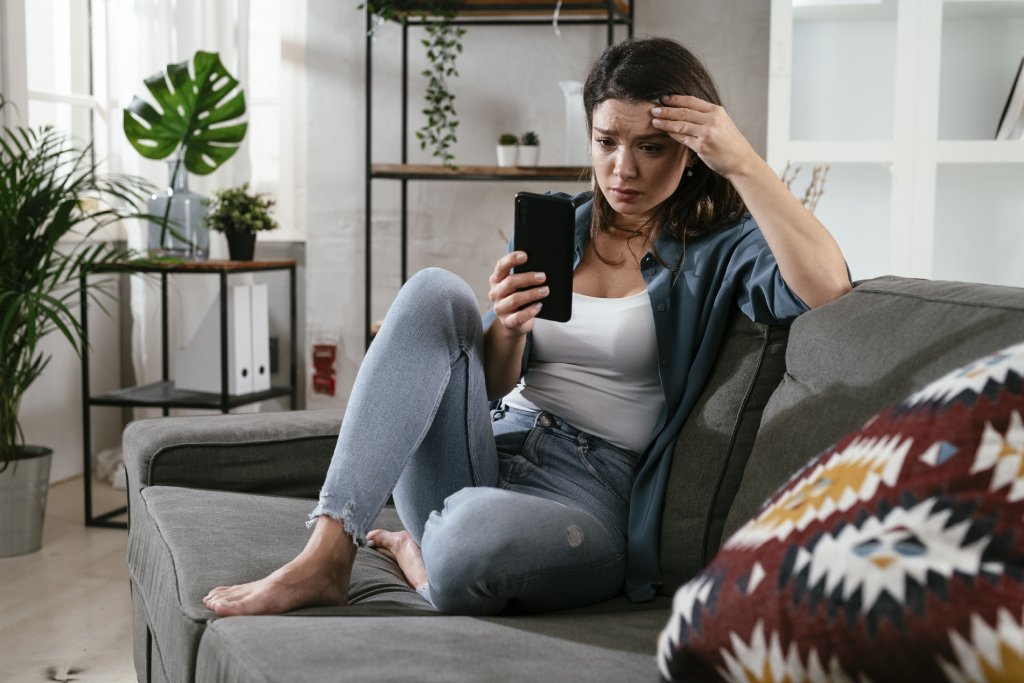How Learning Your Attachment Style Can Quickly Improve Your Life
If you or someone you know has a pattern of toxic relationships, it might be due to an unchecked attachment style. Or one that’s not only incompatible with their partner’s, but exacerbated by it. Knowing your attachment style in relationships is an important, if not more so, as knowing your love language.
Discovering My Attachment Style
For most of my dating life, I was in the same kind of dysfunctional relationships. I’d find some guy who was emotionally unavailable and be completed captivated by him. He’d be lying and cheating and I’d be doing everything I could not to lose him. It wasn’t until I was about 40 that I found out why I was like this. It’s because of my attachment style. And understanding that has been a total game changer.
I’ve always been an empowered, independent and strong woman. But only half of the time I was aware of it. The other half of the time I was in a relationship. The second I got into a guy, everything I knew about myself changed. It’s like a switch was flipped. I became needy, weak, and completely obsessed with my relationship. A total stranger to the woman I had just been.
I think it was about the thousandth time this happened that I asked my then-therapist what was wrong with me. Why was I such a rock star when I was alone but so pathetic when in a relationship? She looked me in the face and very matter-of-factly said “you have an anxious attachment style.”
Mind. Blown.
What Is An Attachment Style?
Put simply, an attachment style is how we bond with others we are close to, which affects how we behave in relationships. “Attachment Theory” has been studied for a long time and has fifty years of research behind it, according to clevelandclinic.org.
The science suggests that attachment styles are formed when we are infants. People who had a caregiver that was attentive to their needs tend to form a secure attachment style. Those who had an abusive or neglectful caregiver tend to form an insecure attachment style.
Why is this important in our adult lives? Because, per the research sited by the Cleveland Clinic, “your earliest emotional bonds with the person most responsible for your well-being — often your birth parent — can directly affect the health of your future romantic relationships”.
And from personal experience, I can say this is completely accurate. I was one person when I was single, AKA unattached to anyone. It was only when I became attached that I was a totally different person, with an attachment style that completely hijacked my life.
It should be noted that an insecure attachment style can also form in our later years, commonly after exposure to a toxic relationship. Different research has come up with different names for the attachment styles, but most of them agree on these three main types.
Secure Attachment

This happy baby has a secure attachment style. He is pleased to see his caregiver return, but not overly upset that they were gone.
The most famous study that lead to these findings happened in 1969, clevelandclinic.org reports. For the study, babies and their birth parent were put in room together to play. Then the parent was sent out of the room and the baby’s reaction was monitored.
Some babies were upset when the parent left but comforted when they came back. Showing a secure attachment style. That baby knew they relied on their parent for their well-being and they displayed a healthy amount of discomfort when separated from that person. But also a healthy amount of time was needed to comfort the baby upon reconnecting.
Anxious Attachment

A young girl is very upset that her parent is about to leave. She may be showing signs of an anxious attachment style.
Other babies got really upset when the parent left. So much so that it took a long time to comfort them when the parent returned. Those babies, who showed an anxious attachment style, had a caregiver that was inconsistent in meeting the baby’s needs. So the baby was never sure when they would get the care they required or sure if the parent would return at all.
Avoidant Attachment

When a child has an avoidant attachment style, they most likely won’t even notice when their parents walk out of a room.
A third group of babies couldn’t have cared less that their parent just walked out of the room. They showed little or no reaction to the parent leaving or returning. These babies had learned that their caregiver could not be relied on for their needs. So it wasn’t a big loss when they were gone. These babies showed an avoidant attachment style.
How Our Attachment Style Affects Our Adult Relationships
The behaviors seen in each attachment style in these children can also be found in our adult relationships. Our attachment style determines a lot more than you think. Including who we are attracted to, how we behave in a relationship, and the behaviors that sabotage those relationships. Learning about attachment styles, both your own and of the people around you, can completely change your life.
And once you know what to look for, it’s pretty easy to detect which type people are.
Anxiously-Attached Adults

The anxiously-attached adult will often worry, to the point of obsession sometimes, when they can’t get their partner on the phone.
Anxiously-attached people will experience emotional distress when their partners have gone a long time without checking in. They might also take a long time to “bounce back” after the partner goes on a trip without frequent calls or texts. Anxiously-attached people are often looking for signs that their partner will leave, even if there’s no logical reason to believe they might.
You can often spot an anxiously-attached person in the very early stages of dating. If they go from rarely texting you after the first date to constantly texting after the second, it’s a good chance their attachment system has been activated. These kinds of attachments also very often lead to someone moving too quickly in a relationship or being adamant about labeling the relationship in the early stages.
Anxiously-attached people are often the ones society will label as “overly emotional”. Yes, it’s a lot of fun to be anxiously-attached. Thanks for asking. To be anxiously-attached is to be constantly preoccupied with your relationship. So much so that you can’t focus on work, family, or much of anything else. And being with the wrong kind of partner can increase this tenfold and make your life a living hell.
The good news is that anxiously-attached people can fly under the “overly-emotional” radar and have completely healthy and happy relationships. It just takes that person understanding that they’re anxiously-attached, and knowing how to deal with it.
Avoidantly-Attached Adults

Avoidantly-attached adults will be quite the opposite of the anxiously-attached person. They won’t often admit that they miss someone. They usually don’t talk about future plans or marriage or anything that might lock them in to a commitment.
These are our commitment-phobes. Society often labels them as the “lone wolf”. More comfortable alone where they don’t have to rely on other people. Because, at some point in their past, they learned that it only ends in disappointment or pain.
The avoidant won’t usually talk about their feelings. They are very independent and self-sufficient. In my experience, it’s also the avoidantly-attached that really enjoy the casual sex game. Because they get physical needs met without the emotional commitment.
Spotting an Avoidant in the dating world is a little harder than spotting an Anxious. But the Avoidant will usually be more aloof, not be the one to initiate conversation, and be the one who is totally cool sleeping with you but never the one to show enthusiasm when you talk about your future.
The good news for Avoidants is that they can also have a happy relationship. They need to understand their own attachment style and, like the Anxious, get a little uncomfortable in the pursuit of getting the closeness they crave.
Securely-Attached Adults
Anxious and avoidant attachment styles are categorized as “insecure” attachment styles. And, according to psychologytoday.com, about 40% of the population are insecurely-attached.
The other 60% of people have the secure attachment style similar to what we saw in the study babies that were securely-attached. These adults are easy to detect. Not too clingy, but not too standoffish. Comfortable with setting their boundaries as well as respecting yours. They’ll miss you when you’re gone and not be distant when you come back.
If you’re one of the lucky people who has a secure attachment style, consider yourself blessed. You don’t have to deal with the constant internal conflict that is wanting the same connection with a partner that terrifies you. Or the confusion of being one person when you’re single and someone else when you’re not. But even if you are securely-attached, understanding those that aren’t can drastically improve your relationships with partners, family, friends, even coworkers.
Learning about my attachment style (which I later found out is actually Anxious-Avoidant…but that’s another conversation) and learning how to manage it has changed my life. I spent twenty years in one painful relationship after the next. With partners who abused, cheated, and lied.
Now I’m engaged to a securely-attached man and excited about our future. My attachment style is the same, but because I’m with the right kind of partner, I see it emerge maybe once every three or four months rather than every day. And when it does emerge, my partner and I discuss it, deal with it in a healthy way, and move on.
The best part about being with someone with a secure attachment style is that it is helping mine to evolve into a more secure place. Attachment styles are not set in stone. They can become more or less secure, depending on our experiences.
For the first time in my life, I actually know what it feels like to be in a healthy relationship. And a big part of that is because I learned about my attachment style and found a partner who was willing to understand it. If you want a good read on the topic, I recommend Attached by Amir Levine and Rachel Heller.
Want more from this author? Check out her home page.
For more Mental Health Awareness Month resources, tips and stories, click HERE.


